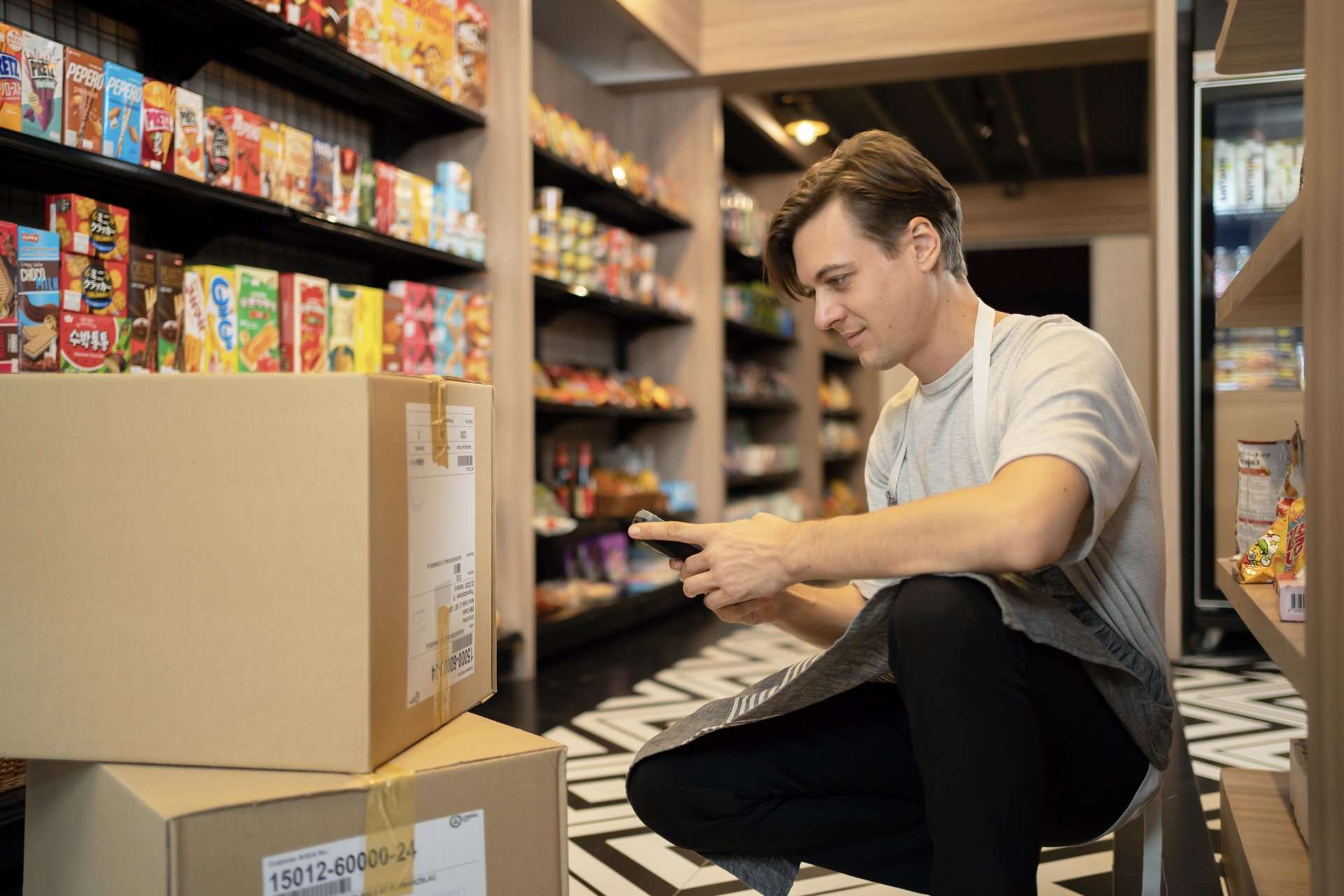Replenishment planning is a crucial aspect of grocery retail. It involves ensuring that shelves are stocked with the right products in the right quantities at the right time.
In today’s dynamic market, demand planners and supply chain managers have to deal with a new set of challenges such as volatile demand, supplier unpredictability, missing historical data, and various supply chain disruptions.
Moreover, they still need to do their everyday job – planning and balancing inventory across stores for all SKUs, meeting their customers’ expectations, and outperforming competitors.
Before the pandemic, demand and supply planners were accustomed to using reliable historical sales data. It was the same data showing similar patterns and seasonal trends year after year. Further, consumer behavior and the supply chain itself was rather predictable. Suppliers’ lead time was more or less stable. All of this made demand and supply chain planning much easier than it is now.
Nearly 90% of North American grocery shoppers say they have changed their shopping behaviors in some way since the pandemic began. – Mckinsey Survey
The pressure to maintain availability across stores, categories, and channels despite these challenges forces managers to look for new solutions, such as AI-powered ones, to help them play by these changing rules and succeed in this new reality.
In fact, according to Gartner, 60% of Chief Supply Chain Officers are expected to make faster, more accurate, and consistent decisions often in real time.
The Role AI Can Play in Smart Replenishment Planning
The traditional approach to replenishment planning involves manual forecasting based on historical sales data, which can lead to inaccurate demand forecasts and overstocking or stockouts.
Further, replenishment plans are typically manually modified to accommodate supply chain factors such as lead time, minimum order quantity, etc.
However, with the current unpredictability of demand and supply chains, such an exercise can easily become error-prone leading to larger problems like unforeseen stock outs and increasing inventory costs.
This is where Artificial Intelligence comes in.
The use of automation technologies such as artificial intelligence (AI) is expected to increase significantly in the next few years, with the potential to improve efficiency and reduce costs – Mckinsey State of Grocery Report
With AI-powered replenishment planning solutions, grocery retailers can now optimize inventory levels and reduce waste, thereby improving profitability and enhancing customer experience.
One of the key benefits of AI-powered replenishment planning solutions is their ability to provide accurate demand forecasting.
By analyzing historical sales data, current trends, and other factors (even weather patterns), these solutions can predict customer demand with a high degree of accuracy. This enables businesses to order the right amount of inventory, reducing the risk of overstocking or stockouts.
Another advantage of AI-powered replenishment planning solutions is their ability to optimize inventory levels.
By analyzing demand forecasts and other data, these solutions can identify which products are selling well and which ones are not. This enables businesses to adjust their inventory levels accordingly, reducing waste and improving profitability.
AI-powered replenishment planning solutions can also help businesses manage their supply chain more efficiently.
By automating many of the processes involved in ordering and receiving inventory, these solutions can free up staff time and reduce the risk of errors. This can result in faster turnaround times, more accurate order fulfillment, and improved customer satisfaction.
In the grocery industry, replenishment planning is especially important due to the perishable nature of many products.
AI-powered solutions can help businesses manage their perishable inventory more effectively, ensuring that products are sold before they spoil. This can reduce waste and improve profitability, while also ensuring that customers have access to fresh, high-quality products.
Therefore, implementing a replenishment planning solution powered by AI is becoming increasingly essential for grocery retailers to streamline their operations and stay competitive.
Algonomy’s Order Right is one such solution that leverages AI to provide grocery retailers with accurate demand forecasting, inventory optimization, and automated replenishment.
The solution uses hand-crafted ML-based algorithms curated specifically for retail to accurately predict demand at store, channel, and category level, and optimize orders to achieve category objectives and reduce supply chain costs.
The outcome: accurate, adaptive, and effective order plans every time in just a few clicks.
Benefits of AI-powered Replenishment Planning
AI-powered replenishment planning solutions like Order Right can help grocery retailers in several ways. Here are a few benefits:
- Accurate Demand Forecasting: AI-powered solutions can analyze data from various sources, such as historical sales data, weather data, and social media trends, to provide retailers with accurate demand forecasting. This helps retailers order the right products in the right quantities and avoid stockouts or overstocking.
- Inventory Optimization: AI-powered solutions can help grocery retailers optimize their inventory levels by identifying slow-moving or non-performing products, reducing waste, and improving profitability.
- Automated Replenishment: With AI-powered solutions, retailers can automate the replenishment process, reducing the manual effort required for forecasting and ordering.
- Enhanced Customer Experience: By ensuring that shelves are always stocked with the right products, grocery retailers can provide customers with a better shopping experience, thereby improving customer loyalty and retention.
- Improved Profitability: AI-powered solutions can help grocery retailers reduce waste, optimize inventory levels, and improve customer experience, leading to improved profitability.
In conclusion, replenishment planning is a critical aspect of grocery retail, and AI-powered solutions like Algonomy’s Order Right can help retailers optimize their operations, improve profitability, and enhance customer experience.
By leveraging AI, grocery retailers can gain accurate demand forecasting, inventory optimization, and automated replenishment capabilities, enabling them to stay ahead of the competition and meet the evolving demands of customers.
Also read: Grocery Replenishment Has Evolved: 9 Things Every Retailer Must Know
Want to learn more? Request a demo here.


